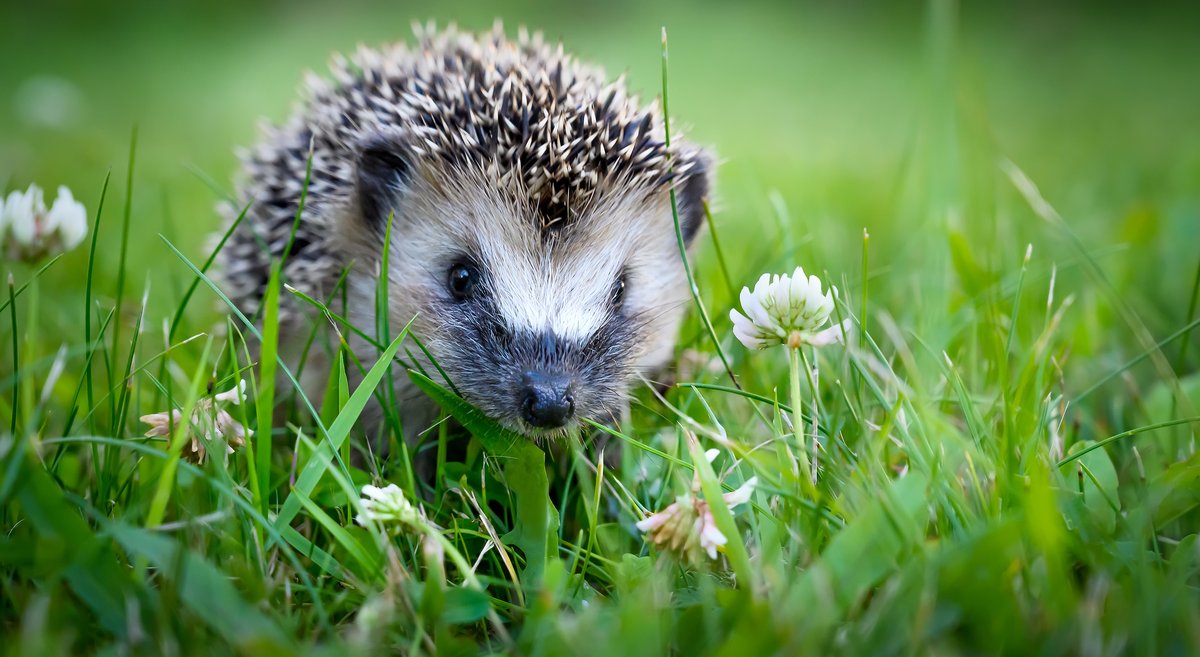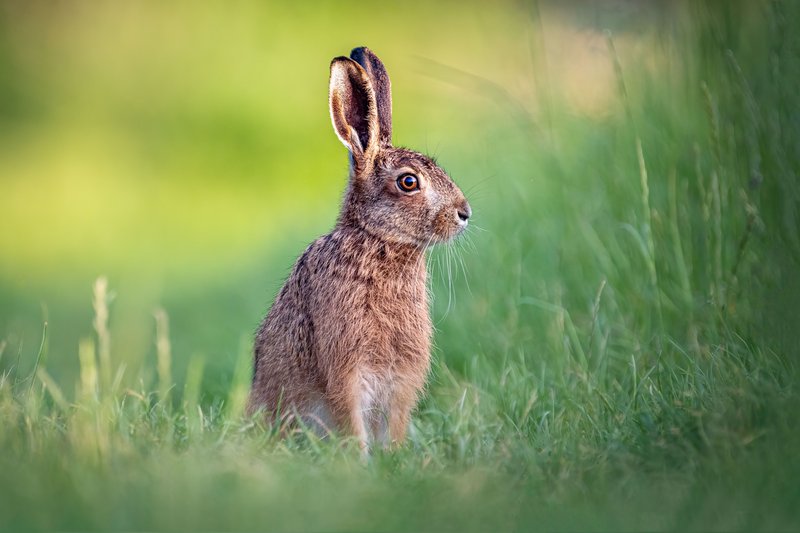Survey uncovers thriving wildlife in churchyards

From hedgehogs to hares, a rich and diverse array of species are thriving in our historic churchyards and cemeteries, a recent citizen science survey reveals.
In June communities across the UK united to celebrate Love Your Burial Ground Week, Churches Count on Nature, and National Cemeteries Week, with more than 300 events highlighting the unique blend of history, nature, and community found within local churchyards and cemeteries.
The Churches Count on Nature initiative, organised by Caring for God’s Acre and supported by the Church in Wales, the Church of England, and A Rocha UK, has generated an impressive collection of wildlife records that are still coming in.
Participants contributed by visiting their local churchyards and cemeteries to record the wildlife they encountered, from wildflowers to insects, birds, and mammals. During the last four years more than 43,700 records have been submitted, with more expected this year as data continues to be processed.
Liam Taylor, Data Manager for Caring for God’s Acre, thanked people for their enthusiastic involvement:
“We really appreciate the time so many people spent recording wildlife during the week. It’s been great to receive records of species that are currently struggling in the wider countryside, such as the hedgehog, which was among the top five mammals recorded, and bumblebees, which ranked in the top five invertebrates recorded. Particularly special species spotted included Green-winged orchids in St John’s churchyard in Rownhams and a brown hare in Over Wyresdale.”
It’s been great to receive records of species that are currently struggling in the wider countryside, such as the hedgehog
Dr Julia Edwards, Director of Climate Change for the Church in Wales, said, “Once again these results show just how much wildlife there is in our churchyards. We hope they will inspire all of us to take more interest in these unique places and ensure they are protected for generations to come.”
This year more people used the free online recording system called iNaturalist which helped them identify what they had seen.
The initiative has sparked not only awareness but also meaningful change within communities. Harriet Carty, Director of Caring for God’s Acre, explained how these efforts are leading to tangible conservation actions by the people managing these special sites:
“Discovering the diverse wildlife in churchyards and cemeteries has inspired meaningful management changes. Communities have been installing nest boxes for swifts and other birds, adjusting mowing schedules to allow wildflowers to thrive, and creating gaps in boundaries to ensure hedgehogs can travel the distances they need to in order to forage.”

Helen Stephens, Church Relations Manager, A Rocha UK, added, “Nature is silently disappearing all around us. So we're encouraged by the number of churches, including Eco Churches, that participated in Churches Count on Nature week to identify and enjoy the array of species in our churchyards, often rich and unique spaces for nature. At A Rocha UK, we firmly believe that noticing and enjoying nature as a first step is crucial to protecting and nurturing it.”
Jo Chamberlain, National Environment Officer at the Church of England, said, “We are delighted that so many churches took part in events during this special week, and welcomed people into their churchyards. We hope people have been fascinated by what they found, and that this leads to a renewed interest in nature in their churchyard.”
The initiative highlights the importance of protecting and nurturing the biodiversity found within the UK’s historic burial grounds, ensuring that these sacred spaces continue to serve as havens for both wildlife and people.
The initiative underscores the importance of protecting and nurturing the biodiversity found within the UK’s historic burial grounds, ensuring that these sacred spaces continue to serve as havens for both wildlife and people.
- Next year, Love Your Burial Ground Week will be on Saturday 7th of June to Sunday the 15th of June 2025.